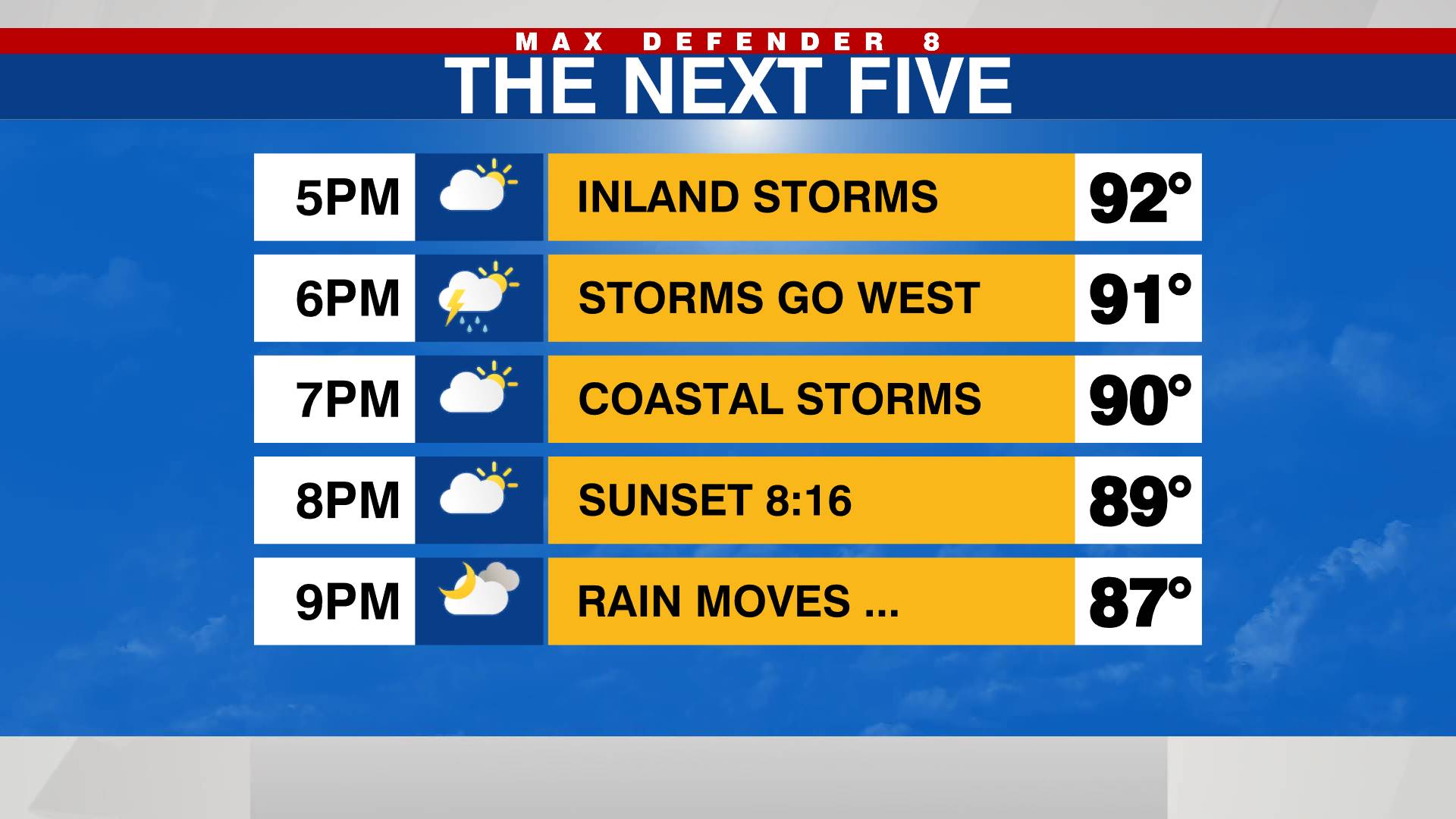TAMPA, Fla. (WFLA) — Rising transportation and fuel costs are adding to the growing pile of inflation concerns hitting the United States and other parts of the global market, but some popular products in the U.S. are facing shortages and delays from more than economic problems at home.
Three products getting hit by shipping delays, material shortages and increased transportation costs are American favorites, or necessities.
We’re talking bacon, bourbon and bricks.
A report from the United Nations Conference on Trade and Development released on Nov. 18 showed that global import prices were increasing. That’s not really a surprise in and of itself, the COVID-19 pandemic has fueled price flare-ups in multiple industries for over a year.
The UNCTAD report showed that container freight rates are surging, and the effect on import price levels could very well continue through 2023.
“The current surge in freight rates will have a profound impact on trade and undermine socioeconomic recovery, especially in developing countries, until maritime shipping operations return to normal,” UNCTAD Secretary General Rebeca Grynspan said. “Returning to normal would entail investing in new solutions, including infrastructure, freight technology and digitalization and trade facilitation measures.”
That’s a lot of words to say that things are probably going to stay expensive for a while, even though spending by consumers is increasing, especially now that it’s the holiday season.
Some products are getting more costly for Americans, and not just because fuel itself or shipping is expensive. Meat costs, generally, are at their highest prices in more than 30 years. Inflation across the board in the U.S. is sitting at 6.2 percent. The price of pork was up 14.2 percent as of October, according to the U.S. Bureau of Labor Statistics’ Consumer Price Index.
The shipping costs and delayed delivery times are also hitting the alcoholic beverage market in a weird place, with a glass shortage.
According to the Distilled Spirits Council of the United States, a trade organization for spirits and alcoholic beverages, demand for bourbon and other drinks has only increased during the pandemic. The cause of the shortage, though, isn’t just that more people are drinking.
An economist for the Distilled Spirits Council told CNBC a major factor in the shortage was less the liquor and more that the glass to make the bottles for bourbon and other spirits was in short supply.
“Some of the large distillers, even though they have multiyear contracts for millions of bottles, they’re finding in some instances that they have to pick and choose as to which bottle sizes they’re going to get,” David Ozgo, chief economist for the Distilled Spirits Council told CNBC.
The supply chain snarls hurting the glass sector are also hitting homebuilders, causing bricks, cement and other materials to go up in price as availability shrinks due to delays and slower production overseas.
The National Association of Homebuilders, another trade industry group, reported the cost of building materials year-to-date had gone up 12.2 percent in 2021, versus a much smaller 4.5 percent increase over 2020. Additionally, while material costs rose, the cost of services for residential construction increased less than the year before.
In 2020, services got 12 percent more expensive, while in 2021 the same service prices only increased 8.1 percent.
The BLS’ Producer Price Index showed that the cost of materials like cement and hardwood lumber had both risen, as of September, by 4.9 percent and 45.6 percent respectively, compared to the year before. Overall, the PPI showed that the costs of goods used in residential construction, with the exception of energy, increased 0.8 percent in October, though that increase is not seasonally adjusted.
Concrete bricks, another homebuilding material, had a 3.2 percent increase in cost from October 2020 to October 2021, according to the Federal Reserve.
At the same time, NAHB said new home sales did not increase compared to the year before, a shift that comes as more investment companies purchase single-family homes and make them available to rent instead of purchase, and available housing inventory has shrunk.
Loans taken out to build homes had also received higher interest rates but became more available for potential builders and buyers. The Census Bureau found that the rate of housing construction starts was higher than the year before, from October 2020 to October 2021, but lower than September 2021. Additionally, the number of new residential construction permits had increased.















